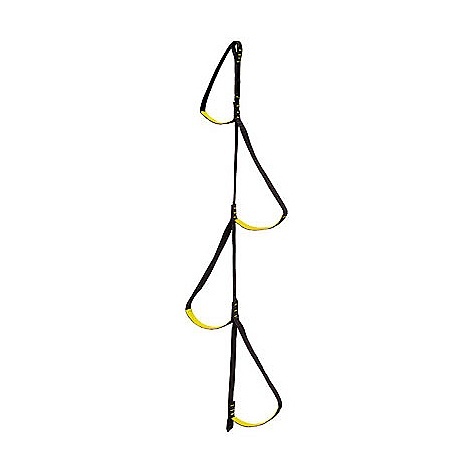mike cunningham
Freedom 30 "Jacqueline"
My mustang inflatable is getting pretty ratty and I used my last (bloody expensive) spare recharge. I happened to be looking at an R2AK video and saw the guys wearing fixed vests (or whatever you call the ones which have foam flotation). I kinda like the idea of going this way. Pretty idiot proof and that definately applies to me.
Anyone using a fixed vest? If so, how's the comfort quotient?
Can you get one with an integrated tether harness?
If yes on harness, do you need the thigh straps? The pics I have seen don't show them.
Anyone using a fixed vest? If so, how's the comfort quotient?
Can you get one with an integrated tether harness?
If yes on harness, do you need the thigh straps? The pics I have seen don't show them.

